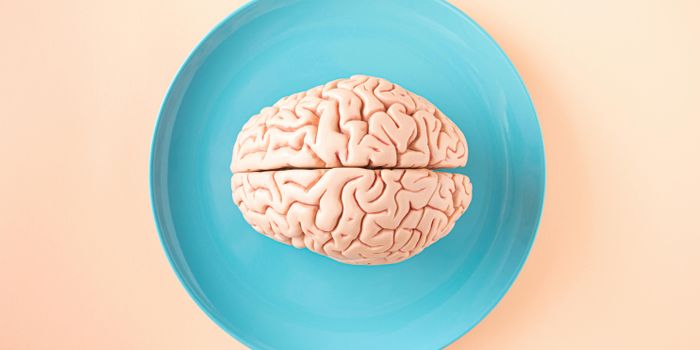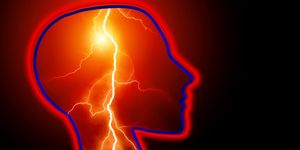Transcranial Magnetic Stimulation Improves Depression in 80% Patients
A novel form of transcranial magnetic stimulation (TMS) treatment improves symptoms of depression within days of treatment, with results lasting months in 80% of patients. The corresponding study was published in the American Journal of Psychiatry.
According to the World Health Organization (WHO), depression is a leading cause of disability worldwide and currently affects around 5% of adults globally. Estimates suggest that over 75% of people in low and middle-income countries with the condition receive no treatment, even though treatment options exist.
One such treatment option is TMS, a noninvasive procedure that uses magnetic fields to stimulate neurons in the brain to alleviate depression. A version of this treatment has already been approved by the US Food and Drug Administration and requires daily sessions over a period of 6 weeks. Overall, around 50% of patients see their symptoms improve with this therapy, and a third no longer meet the criteria for depression following treatment.
While promising, the researchers of the present paper felt that TMS treatments could still be improved upon. As such, they developed a new TMS protocol called the Stanford neuromodulation therapy (SNT) which targets patients’ neurocircuitry in a more focused way and provides a greater number of pulses at a faster pace- 1,800 pulses per session as opposed to 600.
Rather than requiring daily treatment visits, the new protocol can be provided within a day, and is up of ten 10-minute treatments with 50-minute breaks in between.
To test their new therapy, the researchers enrolled 29 participants in a trial who either received an active SNT or shame SNT. Before the treatment and four weeks afterward, they recorded the patients’ depression scores according to the Montgomery-Åsberg Depression Rating Scale (MADRS). While patients who received SNT saw a reduction in MADRS scores of 52.5% after four weeks, those in the sham treatment group saw a reduction of 11.1%.
“It works well, it works quickly and it’s noninvasive [...] It could be a game changer,” said Nolan Williams, MD, senior author of the study.
“We want to get this into emergency departments and psychiatric wards where we can treat people who are in a psychiatric emergency [...]The period right after hospitalization is when there’s the highest risk of suicide,” he concluded.
Sources: American Journal of Psychiatry, World Health Organization (WHO), Neuroscience News









